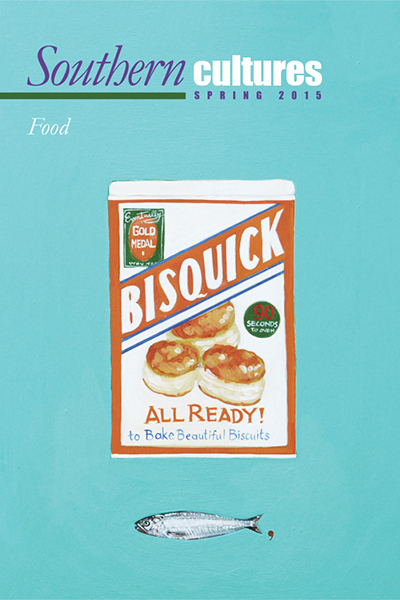“‘My husband likes to say . . . ‘We’re not just another hot sauce, we’re 400 years of history.'”
Datil peppers sun on five bushes by the pool in Mary Ellen Masters’s backyard next to Faver Dykes State Park—a wild, scrubby preserve in south St. Johns County, Florida. Masters, whose family has lived in the area for nearly six generations, is renowned for her seemingly masochistic love of the spicy, heirloom peppers (a variety of Capsicum chinense similar in heat to the habanero) that are endemic to St. Augustine, Florida. Each year, she cooks 130 gallons of Datil-infused Minor-can clam chowder for the St. Ambrose Catholic Church Fair in Elkton, Florida, garnering her the undisputed title “Queen of Chowder.” “We have wimpy, mild, medium and hot—Minorcan hot,” she says of the chowders she prepares. “The Minorcan hot’s hot. I mean, it’ll make your nose run and your eyes run.”1
Masters is a descendant of St. Augustine’s Minorcan population, a multicultural group of indentured workers brought to Florida in the late 1700s from Minorca, an island off the coast of Spain in the Balearic Sea. Since the time of their arrival in St. Augustine until Florida’s induction into the United States, the Minorcans sustained the city as its backbone population. For Minorcans like Masters, who can trace her lineage back to 1100, the legend of the Datil is a family tale. Widely accepted folklore connects the pepper’s earliest seeds to the arrival of the Minorcan laborers. Some St. Augustinians recount tales of Minorcan immigrants sewing Datil pepper seeds into articles of clothing before boarding ships to the Florida colony. For nearly one hundred years, these stories have contributed to an assumed history of the Datil.2
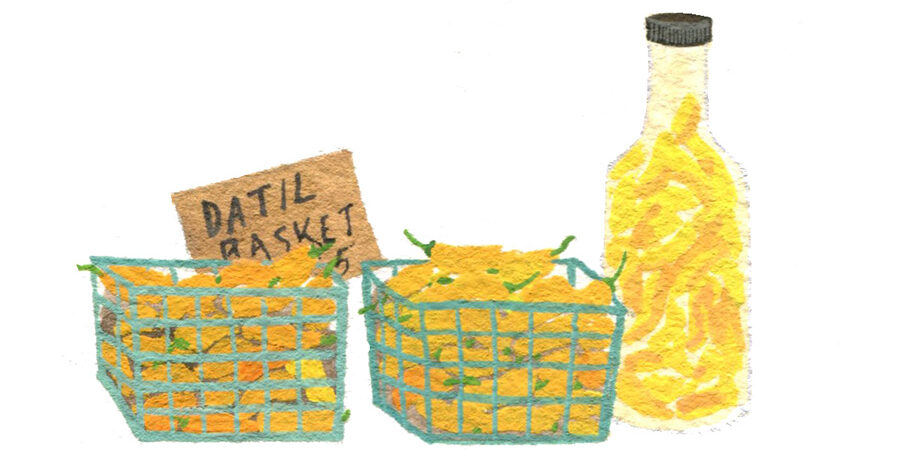
“I’ve been told my whole life growing up that they came from Minorca,” Masters says of the pepper. “But I think people are deciding that that’s not true.” Her ambivalence is characteristic of the resurgent interest in the Datil pepper’s history and the vague, yet romantic, details of its introduction to Florida. Increasingly, historians, botanists, and curious community members are challenging the lore’s likelihood and positing alternative provenance theories. Some have suggested an African connection to the pepper, while another plausible hypothesis sources the pepper from South America via Caribbean traders.3
Yet Minorcan mythology persists, incubated and proliferated through generations of northeast Floridians. The tenacity of the folklore speaks to its value in a cultural tourism context, where, in St. Augustine, visitors are eager to consume the town’s unique historic resources and profit-driven producers are happy to oblige. Located on the northeast coast of Florida in St. Johns County, St. Augustine owes its title of the “Nation’s Oldest City” to a legacy as the longest continually occupied European settlement in the United States. Juan Ponce de Leon, the first European to sight Floridian soil, is credited as the first St. Augustine tourist with his purported search for a “fountain of youth.” Today, St. Augustine’s tourism industry is bursting: an estimated 2 million tourists visit the city each year, hungry for its Old World charm. And in 2012, visitors to St. Johns County spent almost $712 million. The tension between conflicting Minorcan folklore and recent scholarship about the Datil pepper sheds light on the complex and subtle inner workings of heritage tourism in St. Augustine. That localized myth has long supplanted historical fact attests to power of exploitation and commercialization on collective memory.4
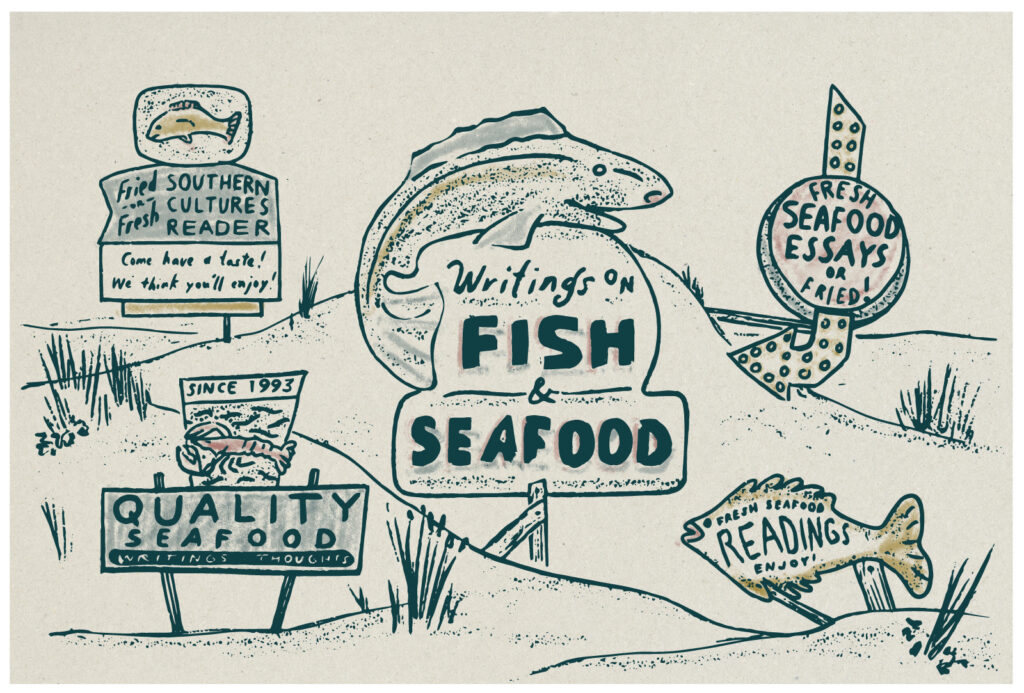
Fresh or Fried: A Southern Cultures Seafood Reader
Twelve fish(ish) tales from the archives (with accompaniments). Read the whole platter here.
FINDING FLORIDA
Spanish St. Augustine floundered as a military outpost that was valuable only for its strategic location. So when England took formal control in 1763, they shifted the colony’s focus to agriculture, recognizing a potential profit in Florida’s rich soil. Politicians and writers embarked on a massive publicity campaign, touting East Florida as a veritable Eden rife with settlement opportunities. To entice colonization in the new territory, the governor offered land grants of up to 20,000 acres to prospectors. It was a plan that worked, and by 1767, affluent speculators had acquired 122 land grants in East Florida. Among them was Andrew Turnbull, a Scottish physician practicing in London, who secured a tract of more than 100,000 acres seventy-five miles south of St. Augustine. He called his land near Mosquito Inlet “New Smyrna” in honor of his wife’s home region of Smyrna, Greece, and hoped to cultivate a variety of cash crops that would be valuable to English manufacturers, including indigo, for its richly hued dye.5
Finding Florida’s climate similar to that of the Mediterranean, Turnbull reasoned that natives of the region would be best suited to fulfill his New World plantation ambitions. He thus began recruiting workers from Greece, Italy, and the Balearic Islands, where Minorca faced serious food shortages from a prolonged drought. Visions of more promising opportunities in Florida helped persuade many of the island’s residents to sign on with Turnbull, and the Minorcan contingent quickly outnumbered the other populations. What they found, however, was more hardship. It’s estimated that only 1,255 of the initial 1,403 colonists survived the voyage from Minorca to New Smyrna, where Turnbull made arrangements for just 500 workers. Colonists in Florida suffered from an immediate shortage of food, water, clothing, housing, and other basic supplies. In total, 964 laborers perished in a nine-year period from malnutrition, malaria, scurvy, and gangrene. Turnbull seldom upheld his agreement to release his workers from indenture, and it was only through the intervention of St. Augustine’s Governor Moultrie that the workers managed to void their contracts. Many Minorcan families were granted parcels of land to settle and farm in St. Augustine and the surrounding area. Today, an estimated 25,000 to 26,000 Minorcan descendants still live in St. Johns County.6
Precisely when and how the north Florida Minorcan community acquired the Datil pepper is less clear, though the role of the pepper in contemporary St. Augustine foodways cannot be overstated. Most likely, the Datil’s preservative power is behind its Minorcan adoption. Frank Usina, a Minorcan descendent and St. Augustine native, notes that incorporating the peppers in daily cooking was practical. “Not having refrigeration,” Usina says, “it was hard to keep foods fresh. Particularly meats or fish … Datil peppers were certainly something you had access to [in St. Johns County]. You might have to conceal the taste of something once in a while, and I guarantee you that sufficient Datil pepper will conceal the taste.”7
Today’s quintessentially Minorcan recipes like pilau—a popular amalgam of tomatoes, meat, and rice—often reflect frugality, economy, and the proclivity to extend limited foodstuffs. As Masters recalls, “mother always said that pilau was just something to stretch other food that was leftover.” Though Minorcan families would toss in any available ingredients, the base was standard. Masters explains it, saying, “You fry down onions and tomatoes and celery and some people put bell pepper in it. Fry it down and make like a thick, dark roux and then you put … meat, rice, and your spices in it. And cook it ‘til it’s done.” Beyond pilau, Minorcan cooks also create colorful Datil condiments, including jellies, vinegars, and mustards. Carol Lopez Bradshaw, president of the Menorcan Cultural Society, says of making vinegar: “[Y]ou take a bottle and put your Datil peppers in and put your regular vinegar on it … seal it up and let it age a little bit and it—it’ll curl your toes.” But perhaps the most popular condiment is the ketchup-based Datil sauce known locally as “Bottled Hell,” a common companion to fried seafood.8
IN ST. AUGUSTINE ALL ALONG
The notorious Minorcan origin stories most likely evolved from oral traditions in the early 1900s, and are vigorously reinforced in numerous print sources. For instance, Cross Creek Cookery, Marjorie Kinnan Rawlings’ 1942 companion cookbook to her central Florida memoir Cross Creek, clearly links the pepper to the Minorcans. She wrote that Datil pepper sauce “may only be had in St. Augustine, and a trip for the purpose is almost worthwhile.” Rawlings went on to explain, “The Datil pepper is a small lean yellow-green pepper, Spanish or Minorcan in origin, very hot and of a distinct pungency.” More recent publications similarly credit the Datil as an Old World Minorcan crop. For instance, Food Favorites of St. Augustine, a cookbook published in 2002, connects the Datil pepper to Minorca in a recipe, claiming, “the Minorcans carried the seeds of their beloved ‘Datil pepper’ to their homes in the New World.” The Minorcan Yoke, an historical imagining of Turnbull’s Minorcan settlers published in 2011, locates the Datil pepper on Minorca in the 1700s. Before the tale’s hero Don Francisco Pellicer de Alayor boards the New Fortune from Minorca to Florida, he stocks up on provisions: “Francisco entered the shop and purchased some tobacco, Datil pepper seeds, dried fruits, salted meat, and writing implements. The merchant bundled the items, and Francisco made his way toward the wharf.”9
Despite such romantic descriptions of the Datil’s storied pedigree, Minorcan tales have increasingly been called into question. Botanists speculate that it may have come from the Caribbean to Florida during the second Spanish period, when Florida was retroceded to Spain in 1783. Islands such as Cuba and Jamaica were favorable climates for Capsicum chinense, the family of the Datil pepper, and as exiled Spanish citizens returned to Florida from the West Indies, they may have taken Datil seeds with them. The Minorcans had long been familiar with a type of red Cayenne pepper introduced to the Balearic Islands as a result of the Portuguese spice trade, and this only ensured the Datil pepper’s adoption by the Floridian indentured workers. Anecdotes from a 1937 article in the St. Augustine Record article further support the Datil pepper’s connection to the Caribbean. R. A. Ponce, the report’s informant, links the pepper to a St. Augustine resident named S. B. Valls, manufacturer of Ancient City Brand fruit preserves. Valls purportedly sent to Santiago, Cuba “for seed of the Spanish Datil pepper.” Ponce remembers the Datil pepper spreading from Valls’s original seed to surrounding settlements.10
Of late, the University of Florida has taken an interest in the pepper puzzle. According to Daniel Cantliffe, Professor of Horticultural Sciences, a current university project attempts to show how Datils relate to each other but differ from other pepper families. In a presentation to the St. Johns County Commission in September 2013, Cantliffe argued, “The one thing I want to make completely clear to everyone: St. Johns County is the only place on the planet that this plant, the Datil, has come from … It originated and came from St. Augustine. We have looked around the planet; we can’t find it anywhere else … You have a unique plant material that is only coming from here.” For geneticists and agriculturalists like Cantliffe, the Datil pepper’s hyper-localized breeding has led to an entirely different specimen from the progenitor seed introduced to north Florida over 200 years ago. By now the Datil has certainly adapted in response to selective breeding, mutations, new climates, and new environments. The search for the original, true Datil pepper is futile: it has been in St. Augustine all along.11
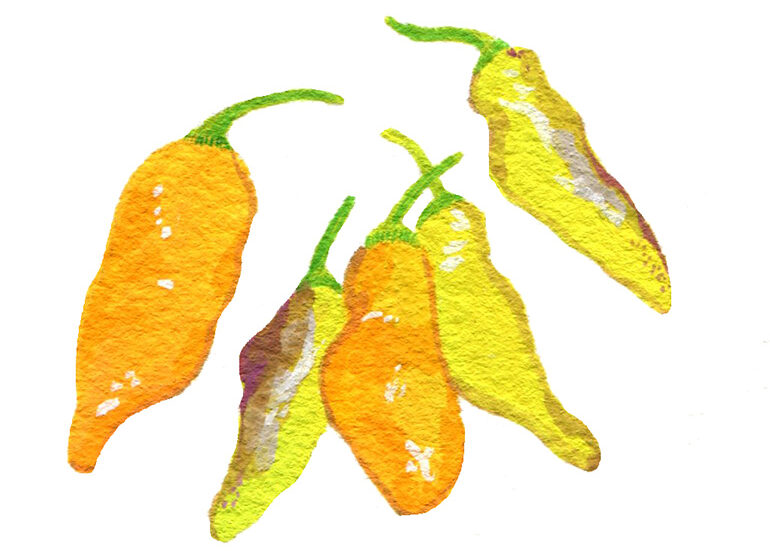
MARKETING MINORCAN LORE AND “400 YEARS OF HISTORY”
In a photo at Barnacle Bill’s, a St. Augustine seafood institution, tiny green Datil peppers dance around a plump cartoon alligator, who smiles in a ball cap and clutches a bottle of Dat’l Do-It Datil Pepper Hot Sauce. The restaurant’s owner, Chris Way, began bottling and marketing the sauce in the 1980s after customers began filching bottles of his in-house variety. “After about four or five months of being open I noticed that the bottles of hot sauce were being stolen off the table,” Way says. “It was just a sauce that I created to serve with fried shrimp. And then the bottle started disappearing and it just kind of gave me the idea of, well, you know, maybe if given the opportunity to buy it they might not steal it.”12
Way hit the big time with Dat’l Do-It in 1995 after an appearance on QVC, a call-in cable shopping network, where his 7,000 Dat’l Do-It gift baskets sold out in two minutes. From there, the company blossomed: Products are found in Walmart, T. J. Maxx, and Target, and have shipped to markets as far away as Japan, and in Dat’l Do-It’s 2002 heyday, sales came in close to $4 million. Part of the sauce’s appeal is the distinctive—though contentious—local history behind its star ingredient. While Way says that the unique-to-St. Augustine stories surrounding the Datil pepper “are all just hooey,” he concedes that they’re valuable. “I would never say [that] publicly as far as marketing. I would say, ‘Yeah, it’s the only place in the whole world it’ll grow. It can’t grow anywhere [else] and it doesn’t taste right if it doesn’t grow here.’ If you can create that kind of a—a buzz and legend—it would be a good thing.”13
Way is one of many entrepreneurs who understand the value in marketing the folklore of the Nation’s Oldest City. Tourism has long fueled St. Augustine’s economic engine, and publicity has played an integral part in that. Writers’ accounts of the dynamic city saturated with an Old World feel have attracted visitors as early as the 1800s, when the town was touted as a welcoming and curative haven for invalids. By 1850, tourists had paved the foundation of St. Augustine’s economy. Though the Civil War had slowed tourism to a trickle, soldiers seeking entertainment provided some monetary support. It wasn’t until railroad tycoon and oil baron Henry Morrison Flagler took interest in St. Augustine that the quiet beach town became a destination for vacationing northern elite. In 1888, Flagler’s opulent Hotel Ponce de Leon and more moderate Alcazar Hotel both opened their doors to moneyed travelers.14
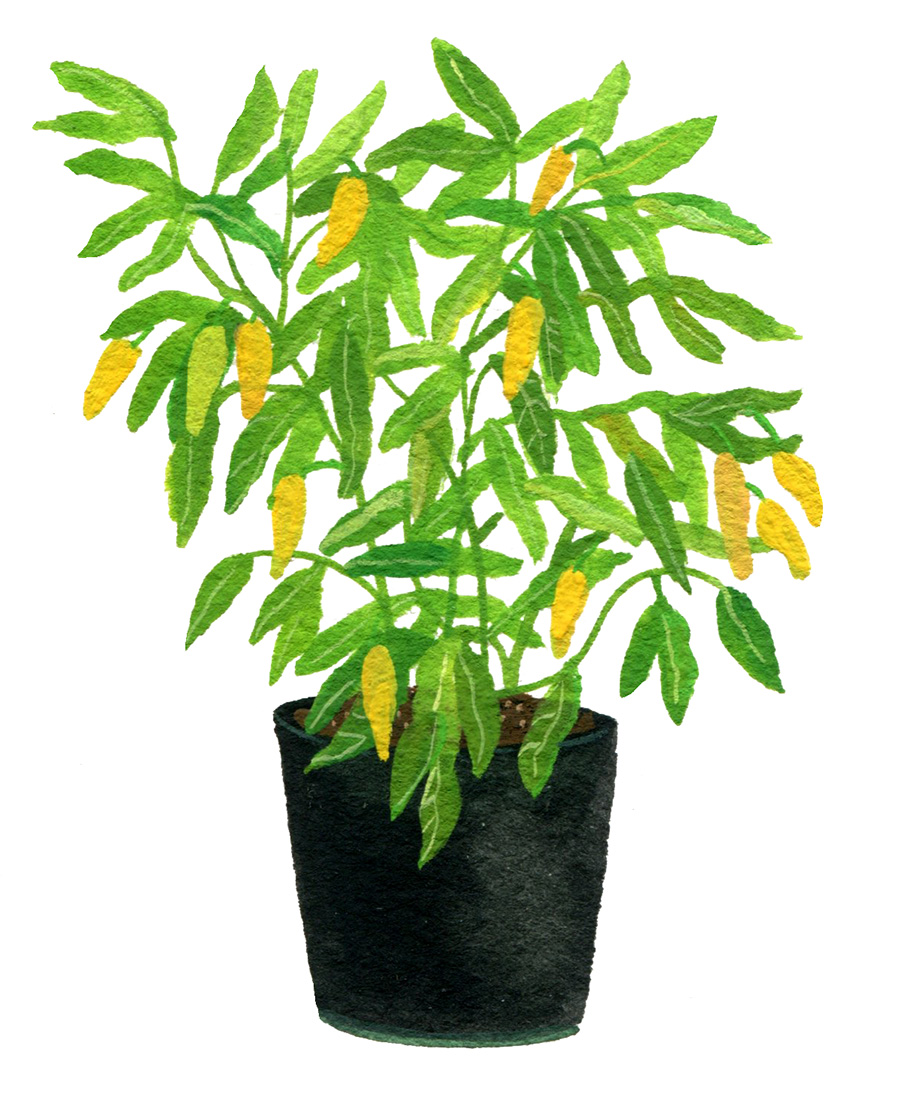
St. Augustine’s diversity charmed visitors, and glimpses of the unique Minor-can population often appeared in travelogue texts as vibrant additions to St. Augustine’s Spanish character. Authors of the 1939 Florida: A Guide to the Southernmost State, for example, marveled at the “narrow, twisting side streets, [where] Minorcan restaurants offer pilau (a highly seasoned potpourri of rice with boiled meat, fish, or fowl), fried shrimp, chowders, and gopher (land turtle) stew.” St. Augustine followed other Florida cities into the twentieth century era of roadside attractions, opening small theme parks like the Alligator Farm, a reptile-centric zoological park. These kitschy destinations were popular with World War II servicemen stationed in Jacksonville’s Camp Blanding. Today, St. Augustine’s tourism industry leverages its cultural and historical attributes to attract visitors, who have on average been white, middle class, and between the ages of 45 and 64. But academics, journalists and historians are increasingly challenging presentations of the authentic in St. Augustine’s historic sites. One critic worries over the city’s tendency to “gussy up [St. Augustine’s history], stretch the truth, to fake the buildings, all in the interest of squeezing an extra dollar out of tourists.” Considerable attention has been paid to the historically-skewed and historically-irrelevant tourist sites of St. Augustine, which include attractions like Ripley’s Believe It or Not Museum and Potter’s Wax Museum. Perhaps the Nation’s Oldest City’s “most famous inauthentic attraction” is the Fountain of Youth, the purported location of Ponce de Leon’s spring granting eternal youth.15
Criticism of St. Augustine’s exaggeratedly marketed heritage becomes especially important in light of the Oldest City’s impending 450th anniversary of its founding. Marketing for the event invokes selective yet heroic narratives surrounding the city’s development: “It is a city built on history, courage, knowledge, nature, creativity and discovery. It is a city built by artists, outdoorsmen, entrepreneurs and forward thinkers. It is a city that symbolizes discovery in so many ways.” Organizers invite visitors to “share in our history and … find yourself in our past.”16
Conspicuously absent from this celebrated legacy story is the extensive process of cultural exchange, social concession, and adaptations experienced by the multifarious contributing populations of northeast Florida. Notably omitted are wars waged on the native populations, the institution of slavery, the legacy of the city’s bloody civil rights movement, and other turbulent events of persecution and social upset. How does the Datil pepper figure into this controversially historical backdrop? As regional foods are increasingly cited as motivations for travel, the Datil rises to a place of greater interest for St. Augustine’s visitors. A variety of local food tours introduce visitors to the historical and culinary depth of the pepper; commercial Datil sauces crowd shelves in grocery stores, farm stands, and souvenir shops; downtown cafes hawk strawberry-Datil popsicles and chocolate covered Datils to curious tourists; St. Augustine cookbooks extol the peppers’ virtues in recipes for beans, greens, and pilaus. In response to the Datil hype, the St. Johns County Board of County Commissioners met in September 2013 and proclaimed the first Saturday in October “Datil Pepper Day.” The pepper was also inducted into Slow Food’s Ark of Taste catalogue of threatened heritage foods.17
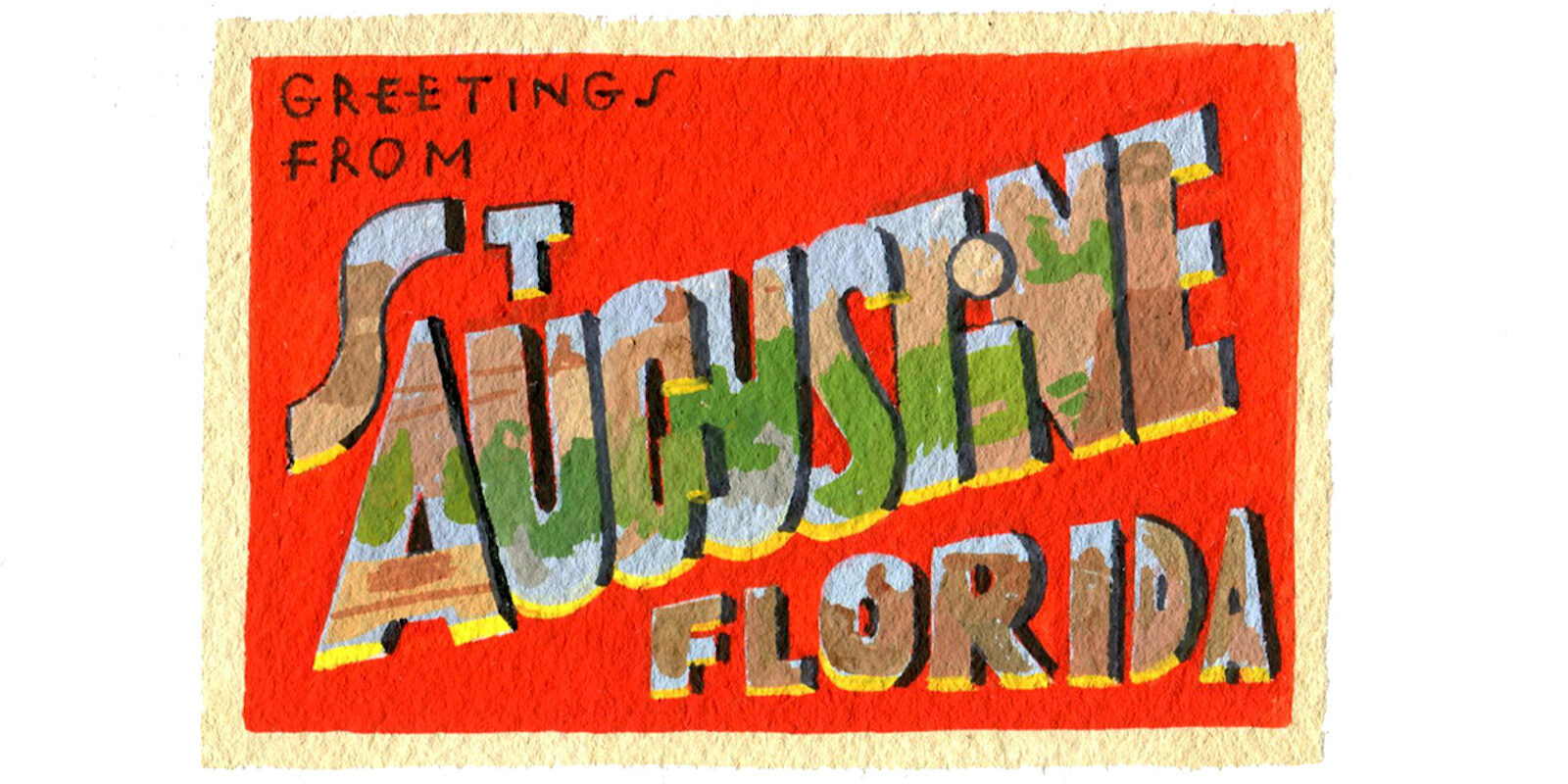
The Datil’s regional uniqueness, coupled with its ambiguous origin story, proffers an opportunity to create a marketable “buzz and legend,” as Way admits. St. Augustine’s climate of distorted history facilitates a romantic branding of the Datil as a consumable symbol of Minorcan St. Augustine. And Way isn’t the only Datil product purveyor conscious of the pepper’s potent symbolism. Marcia McQuaig also invokes the legend of the Minorcan Datil as proprietor of Minorcan Datil Pepper Products. Her company’s spicy line of Datil condiments range from a Datil mayonnaise and barbecue sauce to mustards and ketchups. McQuaig says she is often asked about the history of the Datil and the connection to Minorca. She tells consumers,
to my knowledge, that it was brought here in the 1700s. And it was by Minor-cans. I let them know about how they were indentured servants and they were down on the Turnbull Creek and they came up this way … And that’s the legendthat I have always heard … But I kind of like that, that’s kind of romancing the pepper. My husband likes to say, and we’ll probably use this tag line: … ‘We’re not just another hot sauce, we’re 400 years of history.’
The Minorcan lore and “400 years of history” is a valuable, alluring advertisement: The pepper is a lucrative embodiment of historical struggle and perseverance.
LA DATIL AND MUDDLED MYTHOLOGY
Cultural tourism in St. Augustine has transformed a once ethnically-specific pepper into a marketable commodity. That producers have long claimed the Datil pepper as a uniquely St. Augustine product reveals how a distinct population becomes inscribed onto a tangible foodstuff. The romantic origin story buttresses the Datil pepper’s appeal, catalyzing its shift from the private sphere into the public arena. Perhaps consequently, marketers’ perpetuation of the lore ensures its survival. But the tides of marketing are changing, and the once hyper-localized Datil pepper may be entering a new era of exposure with Firehouse Subs. To date, the Jacksonville, Florida-based restaurant chain utilizes the largest quantity of Datils in the world, annually producing some 30,000 gallons of their Captain Sorensen’s Datil Pepper Hot Sauce. The company will inevitably influence how St. Augustine’s pepper—and its accompanying history—is perceived. In an episode of “Flavors of America,” a series of promotional videos for Firehouse Subs, co-founder Chris Sorensen offers this history of the Datil pepper:
Let me tell you about where the history of the Datil pepper really started. Off the coast of these waters here, the Spanish explorers brought the Datil pepper from South America and the Caribbean to this area, where they’ve been growing since the 1700s. And they still are today, by many locals.18
As Sorenson speaks, the video features an animated Conquistador, carrying an oversized Datil pepper, sailing toward the coast aboard his ship, La Datil. The conquistador tosses the Datil at a Native American onlooker, knocking the Indian on the head with the pepper. The video’s conflation of “Spanish explorers” with Minorcans and the connection it makes between the Datil pepper and South America, plus the implication that local Indians passively “received” the pepper from Europeans, adds another chapter to the history of the pepper’s marketing, and another complicated layer to the muddled mythology. What remains to be seen is how flexible the localized lore will prove for such large-scale marketing and how the St. Augustine community will react to yet another origin narrative for their beloved Datil pepper.19
This essay first appeared in the Food Issue (vol. 21, no. 1: Spring 2015).
Anna Hamilton is a PhD student in American Studies. Her research in environmental and digital humanities engages oral history to better understand place-making and loss associated with migrations, storm events, and the climate crisis in the American South. Anna received her B.A. in Humanities from New College of Florida, an M.A. in Southern Studies from the University of Mississippi, and was a Fulbright scholar to the Republic of Mauritius. Prior to joining UNC, she worked as a journalist, audio producer, and oral historian for a variety of organizations. She is a cofounder and editor at The Marjorie, an award-winning reporting nonprofit covering environmental and social justice issues in Florida.
Illustrations: Becca Stadtlander
NOTES
1. Mary Ellen Masters, interview by Anna Hamilton, November 3, 2012; Renee Unsworth, “St. Ambrose Fair serves up famous chowder,” St. Augustine Record, March 18, 2013, accessed April 29, 2013, http://staugustine.com/news/local-news/2013-03-17#.UX659iuDT-k; Masters, interview.
2. Jean Andrews, “A Botanical Mystery: The Elusive Trail of the Datil Pepper to St. Augustine,” Florida Historical Quarterly 74, no. 2 (1995): 146; Andrews notes that the Minorcans were “the largest stable body of people” in colonial St. Augustine; Masters, interview.
3. Masters recalls a Minorcan pediatrician in Palatka, Florida, who requested some native Minorcan peppers from relatives on the island. Of the Minorcan variety, Masters observed, “they don’t even remotely look like our peppers. They look more like … jalapeños than they do the Datils.”
4. “Tourism in SJC,” St. Johns County Government, accessed May 1, 2013, http://www.co.st-johns.fl.us/tdc/; “The Nation’s Oldest City,” City of St. Augustine, accessed July 26, 2014, http://www.staugustinegovernment.com/visitors/nations-oldest-city.cfm.
5. Kenneth H. Beeson Jr., Fromajadas and Indigo: The Minorcan Colony in Florida (Charleston: The History Press, 2006), 22; Ibid., 25; Ibid., 23; Ibid.; Philip D. Rasico, “A Nineteenth-century Traveler’s Notes on the Minorcan Dialect and Customs of St. Augustine, Florida,” Catalan Review: International Journal of Catalan Culture 1, no. 2 (1986): 90.
6. Beeson, 42; Ibid., 45; Patricia Griffin, Mullet on the Beach: The Minorcans of Florida 1768–1788 (Jacksonville: University of North Florida Press, 1991), 36; Griffin writes of the extremity of the plantation experience, “[B]y the end of 1768 a total of 450 people had died, a rate of 320.74 per thousand, a population crash equaling that of a natural disaster such as a flood or an earthquake.”; Ibid.
7. Frank Usina, interview by Anna Hamilton, July 26, 2013.
8. Pronounced “purr-lo” in St. Augustine; Masters, interview; Minorcan and Minorca are the English spellings that St. Augustinians generally use. But there are a few that stick to the Catalan/Spanish spelling Menorca. In this case, the Menorcan Cultural Society adopted the Old World spelling; Carol Lopez Bradshaw, interview by Anna Hamilton, July 17, 2013.
9. Marjorie Kinnan Rawlings, Cross Creek Cookery (New York: Charles Scribner’s Sons, 1942), 130; Joan Adams Wickham, Food Favorites of St. Augustine (St. Augustine: Historic Print and Map, 1973/2002), 22; Nancy Pellicer Dyer, The Minorcan Yoke (Jacksonville: Global Authors Publications, 2011), 12.
10. Andrews, 136; Ibid., 140; Wanton S. Webb, Webb’s Historical, Industrial and Biographical Florida (New York: W. S. Webb & Co., 1885), 201; E. W. Lawson, “Interesting Information on Arrival of Datil Pepper in St. Augustine, Its Growth And Uses, Is Given,” Saint Augustine Record, June 13, 1937; Ibid.
11. Proclamations & Recognitions, St. Johns County Commission, September 17, 2013, http://stjohnscountyfl.swagit.com/play/02172014-955; Andrews, 144.
12. Chris Way, interview by Anna Hamilton, July 19, 2013.
13. Anne Heyman, “Causey spicing up sales at Dat’l Do-it,” St. Augustine Record, August 17, 2002; Anne Heymen, “Dat’l-now-doing-it in Japan,” St. Augustine Record, May 13, 1995; Way, interview.
14. Tracy J. Revels, Sunshine Paradise: A History of Florida Tourism (Gainesville: University of Florida Press, 2011), 13; Thomas Graham, “The Flagler Era: 1865–1913,” in The Oldest City: St. Augustine Saga of Survival, ed. Jean Parker Waterbury (St. Augustine: St. Augustine Historical Society, 1983), 182; “Henry Flagler’s Influence on St. Augustine,” St. Augustine Record, accessed May 1, 2013, http://staugustine.com/history/henry-flagler.
15. Federal Writers’ Project (Fla.) of the Work Projects Administration, Florida: A Guide to the Southern-most State, sponsored by the State of Florida Department of Public Instruction (New York: Oxford University Press, 1939); Revels, 88; “Tourism and Economic Impact Research,” report by the St. Augustine, Ponte Vedra & The Beaches, Florida Visitors & Convention Bureau, 2003; Ron Word, “The Fake History of St. Augustine,” Folio Weekly, March 12, 2014; Revels, 112.
16. “About: St. Augustine, Florida Est. 1565,” St. Augustine 450, accessed March 21, 2014, http://staugustine-450.com/about/; The commemorative initiative includes programming that recognizes “the 500th anniversary of Florida in 2013, the 50th anniversary of the Civil Rights Act in 2014, and the 450th anniversary of the founding of St. Augustine in 2015”; Ibid.
17. E. Bottone and D. Maguire, “Heritage Tourism and Foods: Born in Pennsylvania,” paper presented at Culinary Arts and Sciences VII: Global, National and Local Perspectives, 2011, St. Johns County Commission.
18. In an interview on July 18, 2013 with Michael Usina, a St. Augustine resident and Minorcan descendant, he noted that not long ago, the Minorcans were an insular community: “At one time, Minorcans were very jealous of their seeds. Datil pepper seeds. For instance, forty, fifty years ago, if you weren’t a Minorcan, you wouldn’t get your hands on Datil pepper seeds. There was no commercial application at all. People—Minorcans would have Datil peppers in their yard and that was it. They shared with one another, but you couldn’t buy them. You couldn’t go in any store or any kind of market of any kind and buy Datil peppers, that’s for sure”; “Flavors of America Episode 1: Datil Peppers,” YouTube video, Firehouse Subs, December 19, 2012, accessed March 2014.
19. Ibid.

